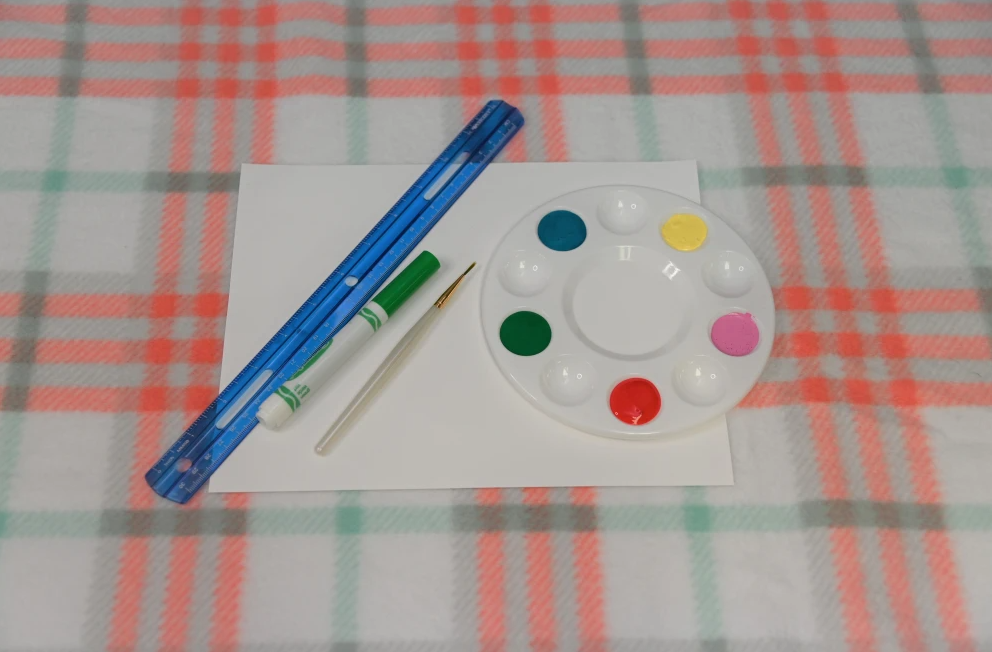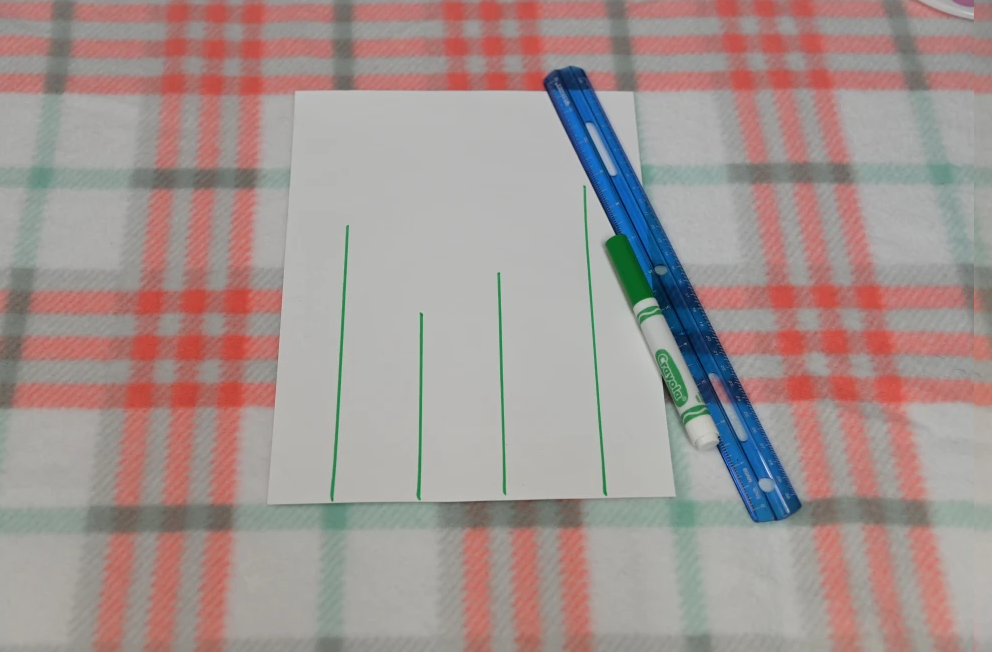Just like most living things, plants have a circle of life, including reproducing with the aid of male and female parts. Flowers are the reproductive house for a plant, containing male parts called anthers that have pollen and female parts called the stigma that have the eggs. Pollination is the process of a flower’s eggs combining with pollen, which will then result in a seed being formed. The seed is what will grow into a new plant once it’s planted in the ground. This pollination process is what enables flowers to produce the seeds they need in order to keep growing more and more plants year after year!
Unlike animals though, plants aren’t really able to move around, so instead they rely on brightly colored and highly scented flowers to attract special animals known as pollinators. These can include bees, flies, moths, hummingbirds, bats and many more! A pollinator animal usually visits the flower because it has some nectar or other food, and when the animal is eating some of the flower’s pollen, which is like dust, it ends up getting onto the animal. The pollinator then moves to a new flower to get more food, and pollen usually gets brushed off their body and falls into this new flower’s eggs. Many flowers have adapted over time to attract their preferred pollinator, which is why they come in so many different shapes, sizes and colors.
Let’s celebrate the beauty and importance of flowers this spring with a decorative craft for your home that you can do with your kids.
Materials for Fingerprint Snapdragon
- One sheet of white cardstock
- Washable paint in various colors
- Paper plates or a paint palette
- Paintbrush
- Green marker
- Ruler
Instructions for Fingerprint Snapdragon

1. Using your ruler, draw 4 straight green lines in varying lengths on your cardstock paper. One end of the line should reach the bottom of the paper. These will be the stems of your snapdragons.

2. Add paint fingerprints to your stems! Make one fingerprint at the top of the stem, in the center. Add more fingerprints down both sides of the stem. These will be your petals. Be sure to leave a couple of inches of stem at the bottom! Using either a marker or your paintbrush and green paint, create leaves at the bottom of each stem, where there are no petals.

Now that you’ve completed your masterpiece, take a moment to think about what type of animal would help pollinate your plants!

